-
 © Shooterz.biz/RM Auctions
© Shooterz.biz/RM Auctions -
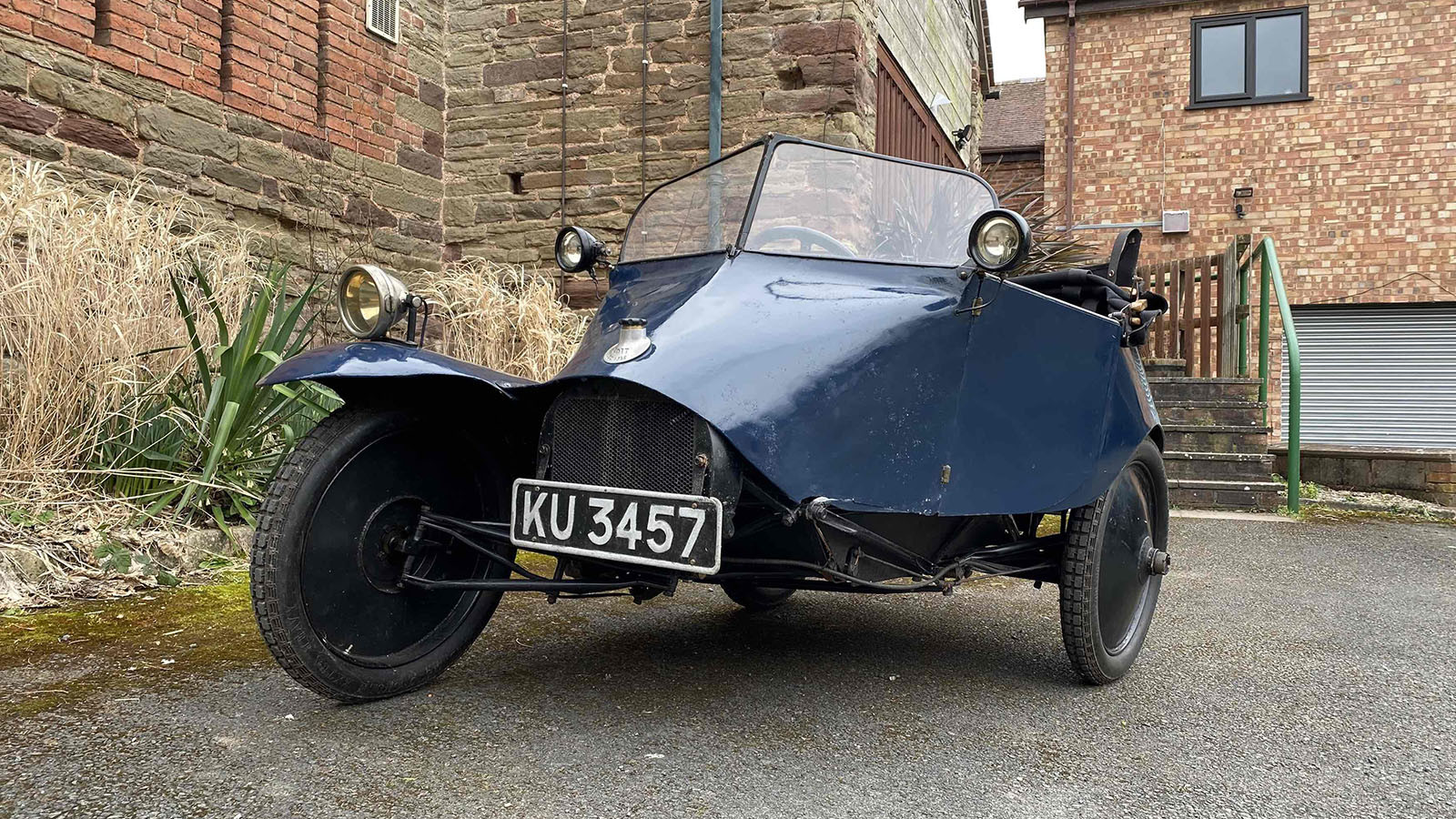 © H & H Classics
© H & H Classics -
 © Citroën
© Citroën -
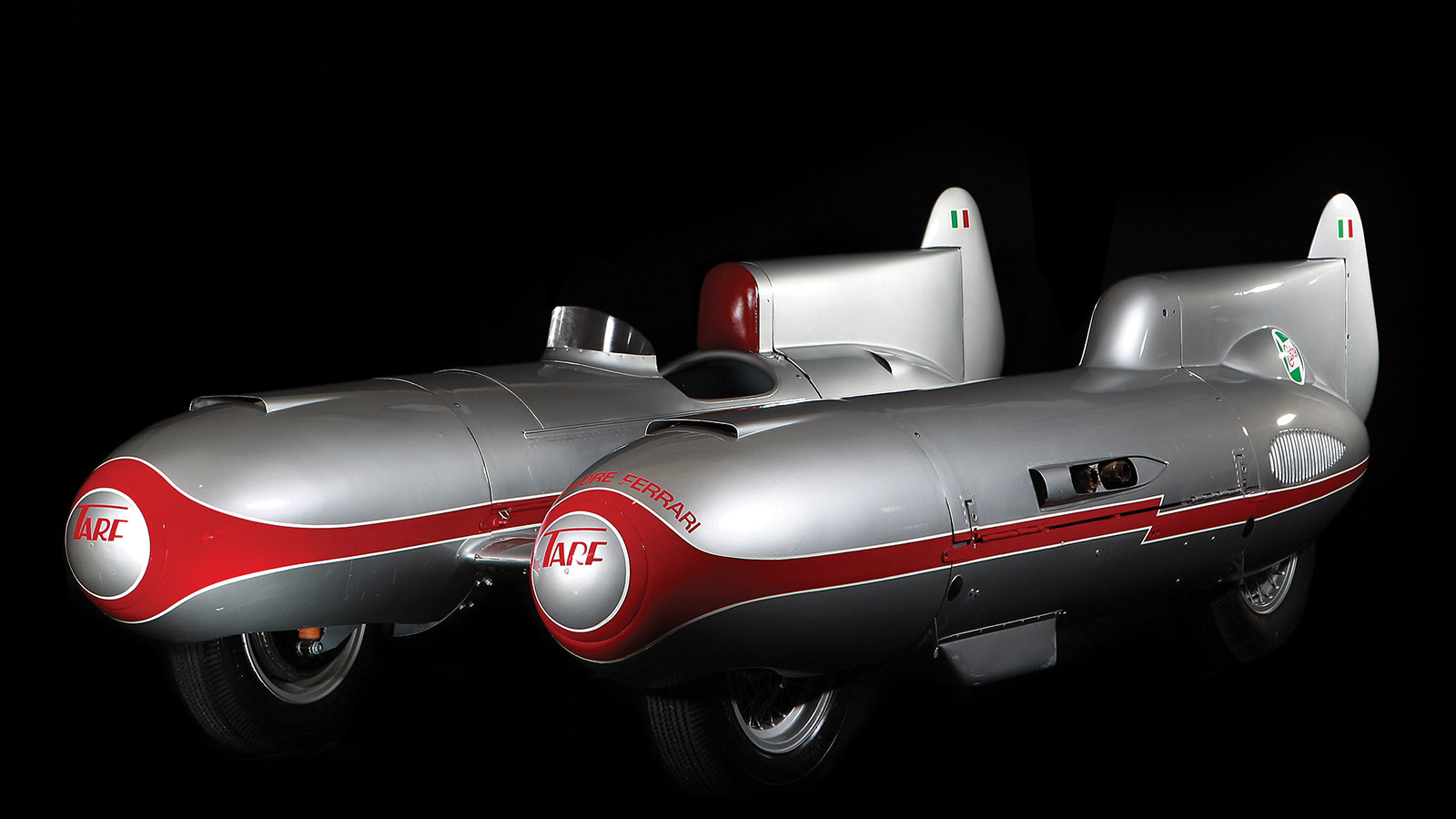 © Paul Kane/RM Auctions
© Paul Kane/RM Auctions -
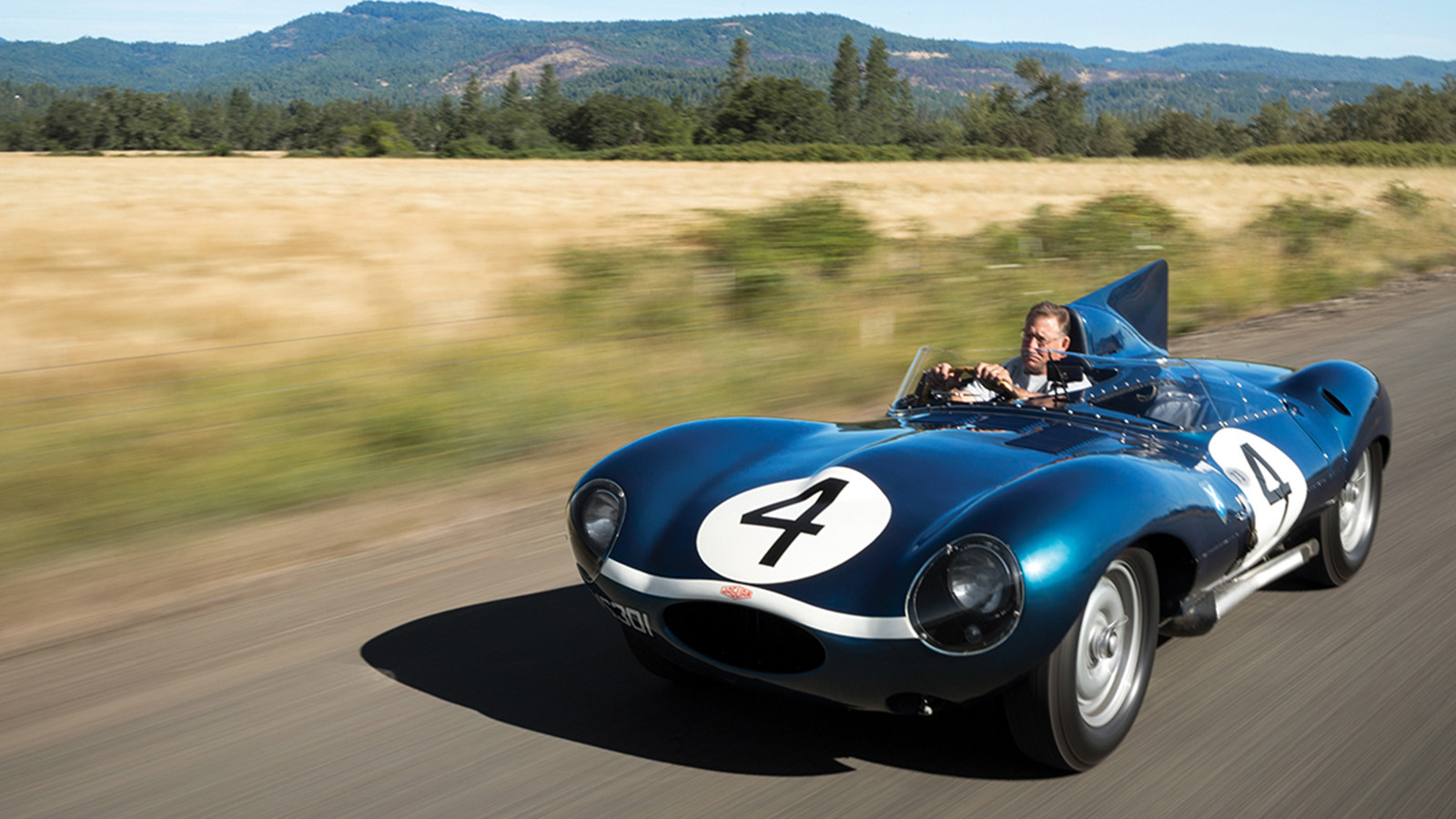 © Patrick Ernzen/RM Sotheby’s
© Patrick Ernzen/RM Sotheby’s -
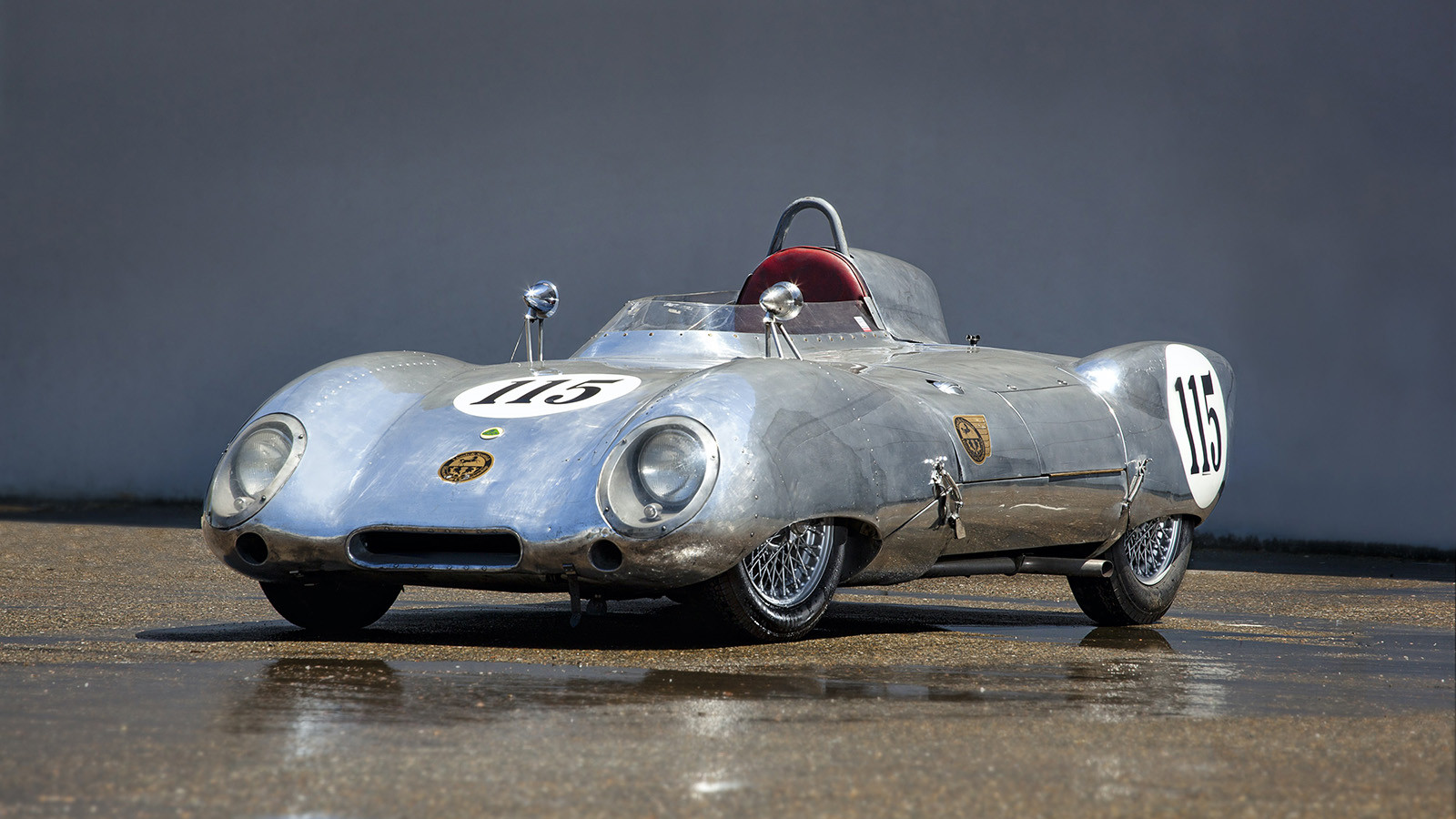 © Neil Fraser/RM Auctions
© Neil Fraser/RM Auctions -
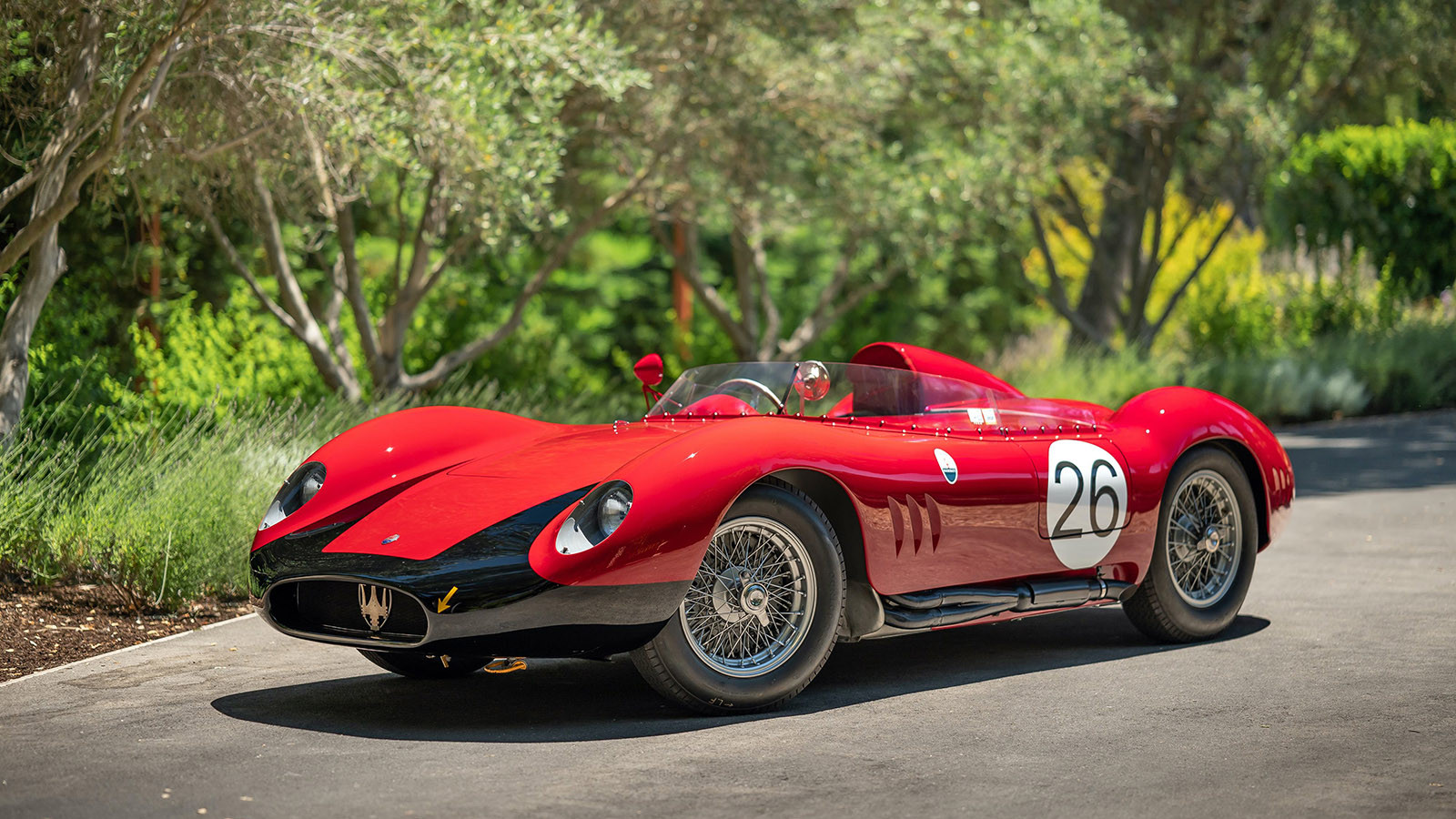 © Robin Adams/RM Sotheby’s
© Robin Adams/RM Sotheby’s -
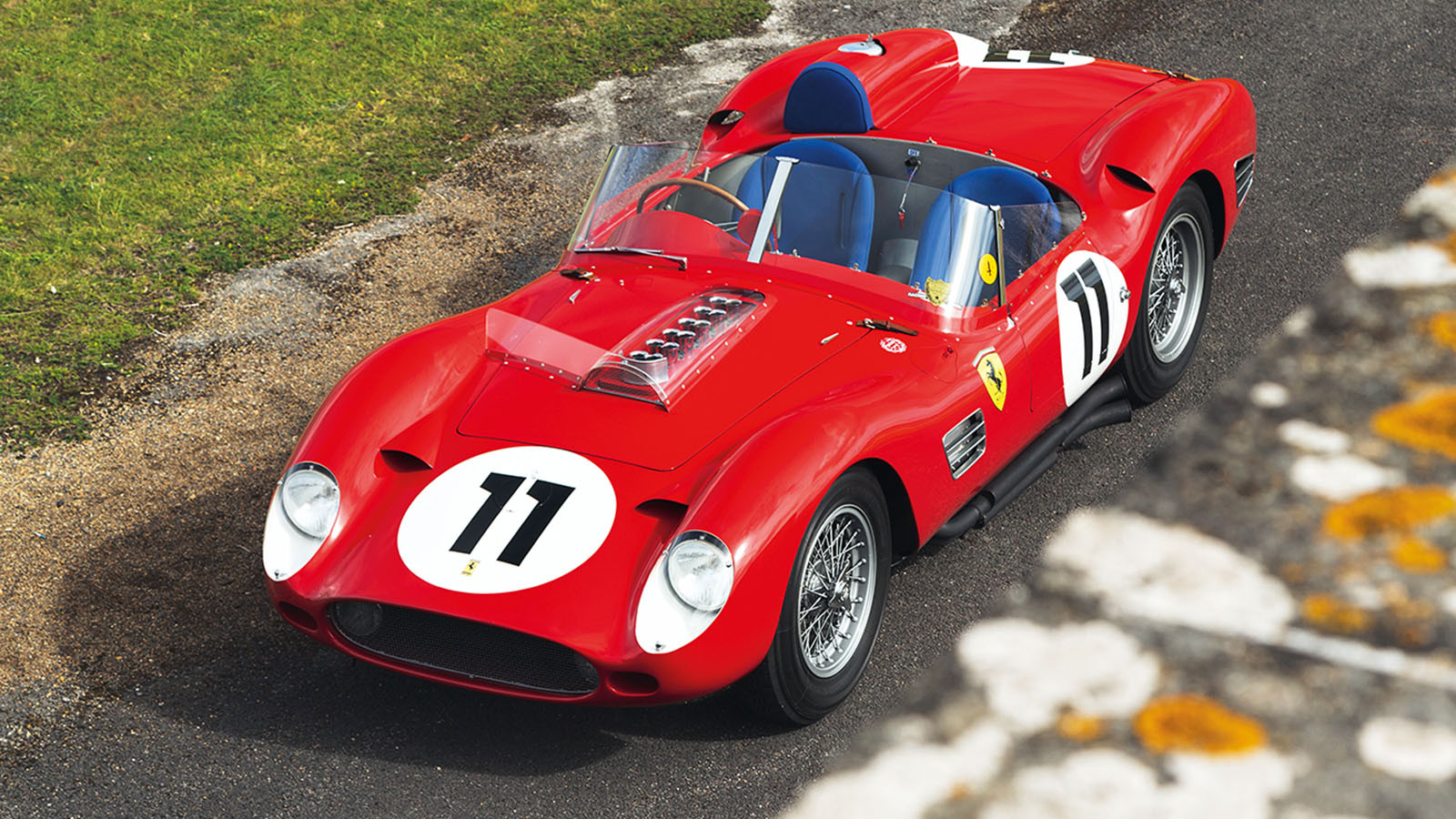 © Luc Lacey/Classic & Sports Car
© Luc Lacey/Classic & Sports Car -
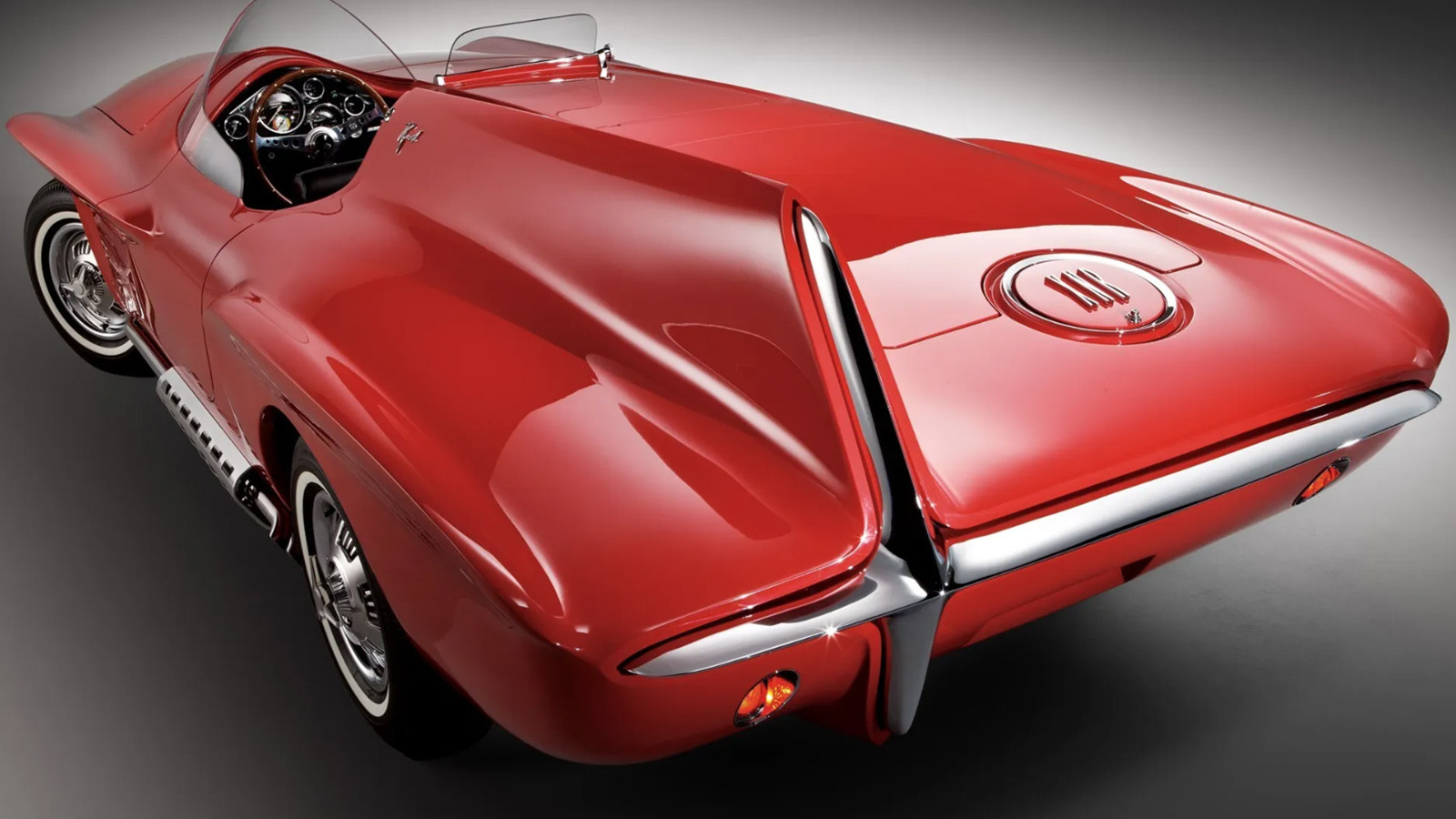 © Shooterz.biz/RM Auctions
© Shooterz.biz/RM Auctions -
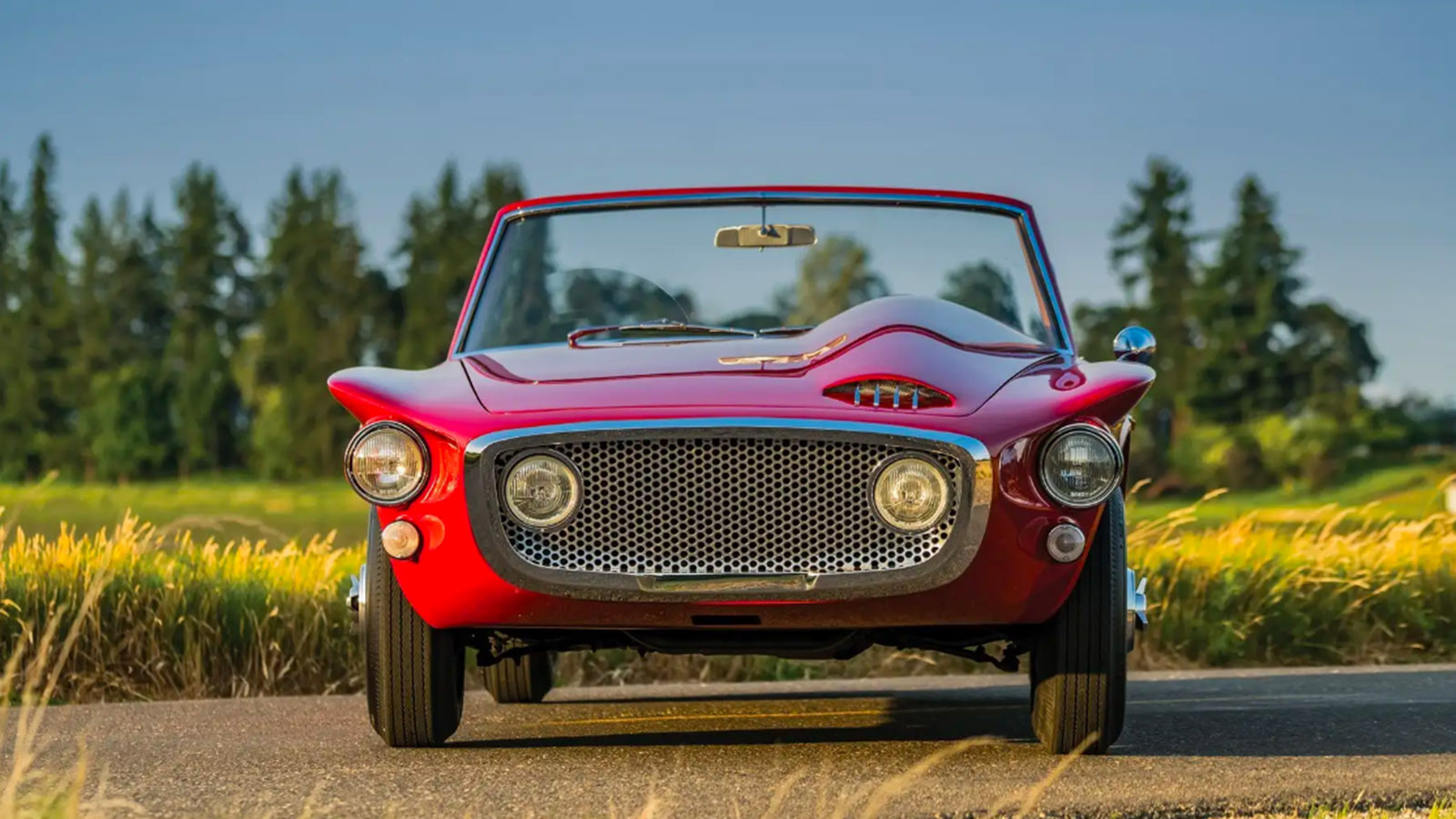 © Josh Bryan/RM Sotheby’s
© Josh Bryan/RM Sotheby’s -
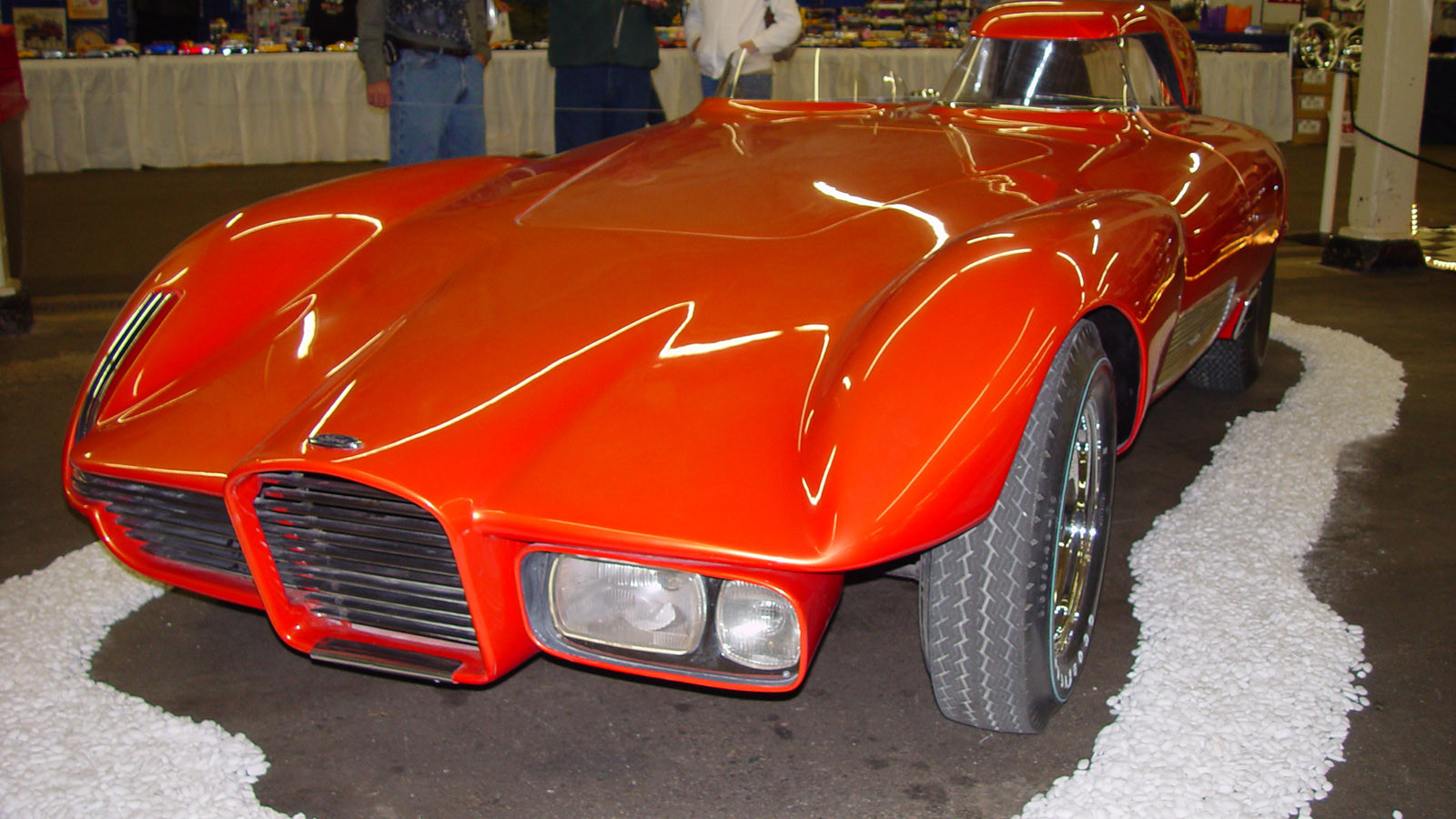 © Craig Howell/Creative Commons licence https://creativecommons.org/licenses/by/2.0/
© Craig Howell/Creative Commons licence https://creativecommons.org/licenses/by/2.0/ -
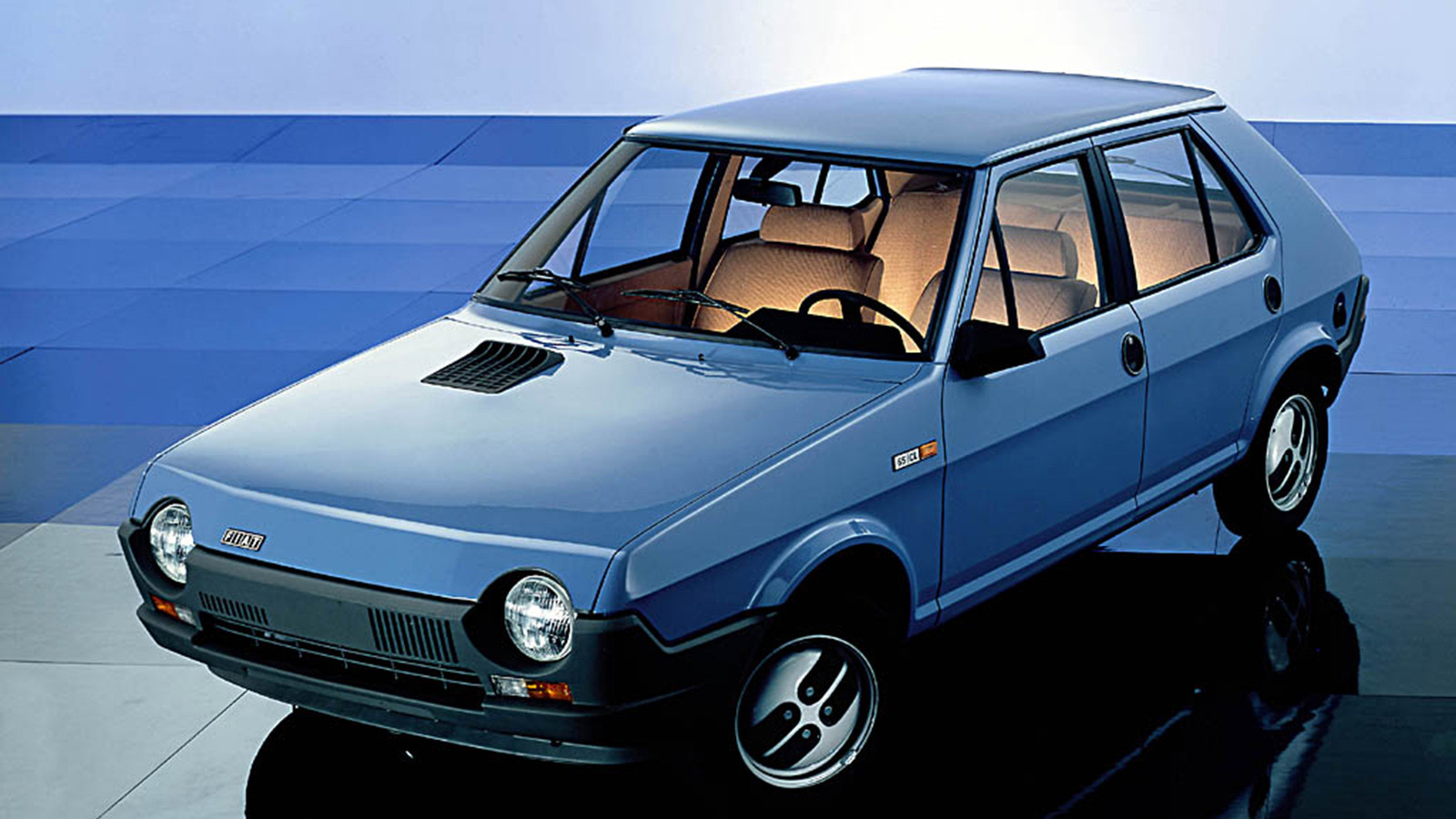 © Stellantis
© Stellantis -
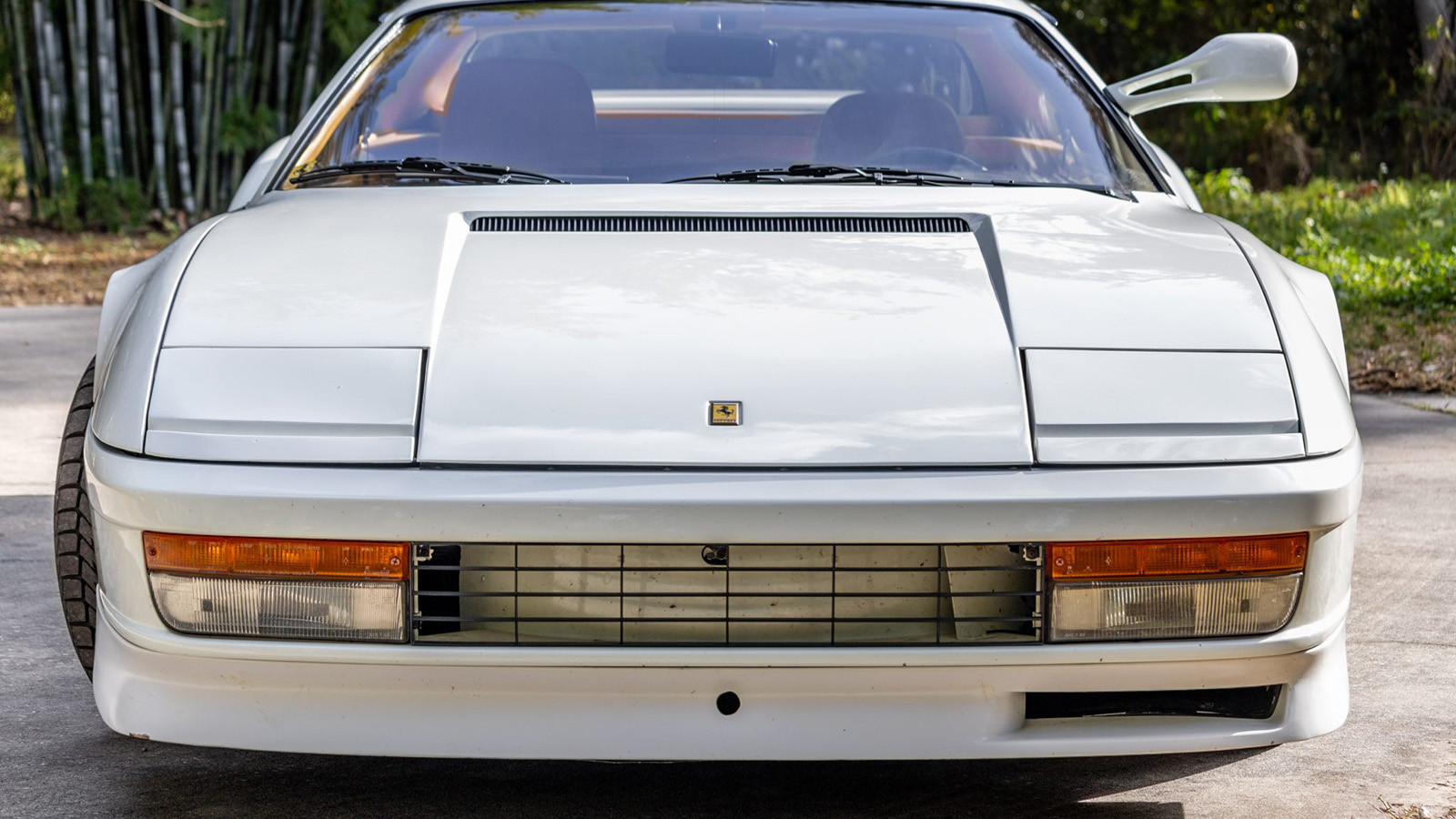 © Bring A Trailer
© Bring A Trailer -
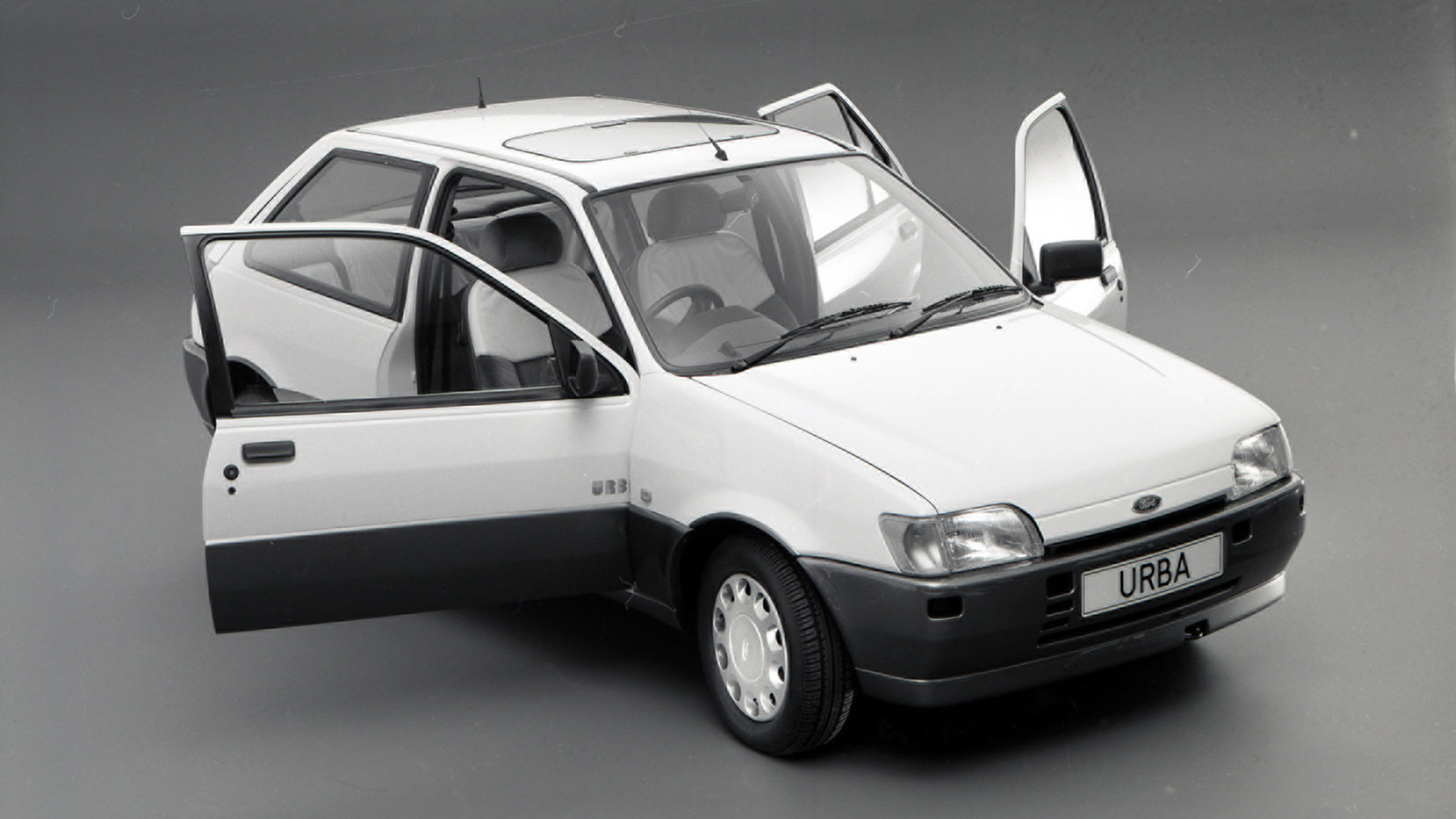 © Ford Heritage Vault
© Ford Heritage Vault -
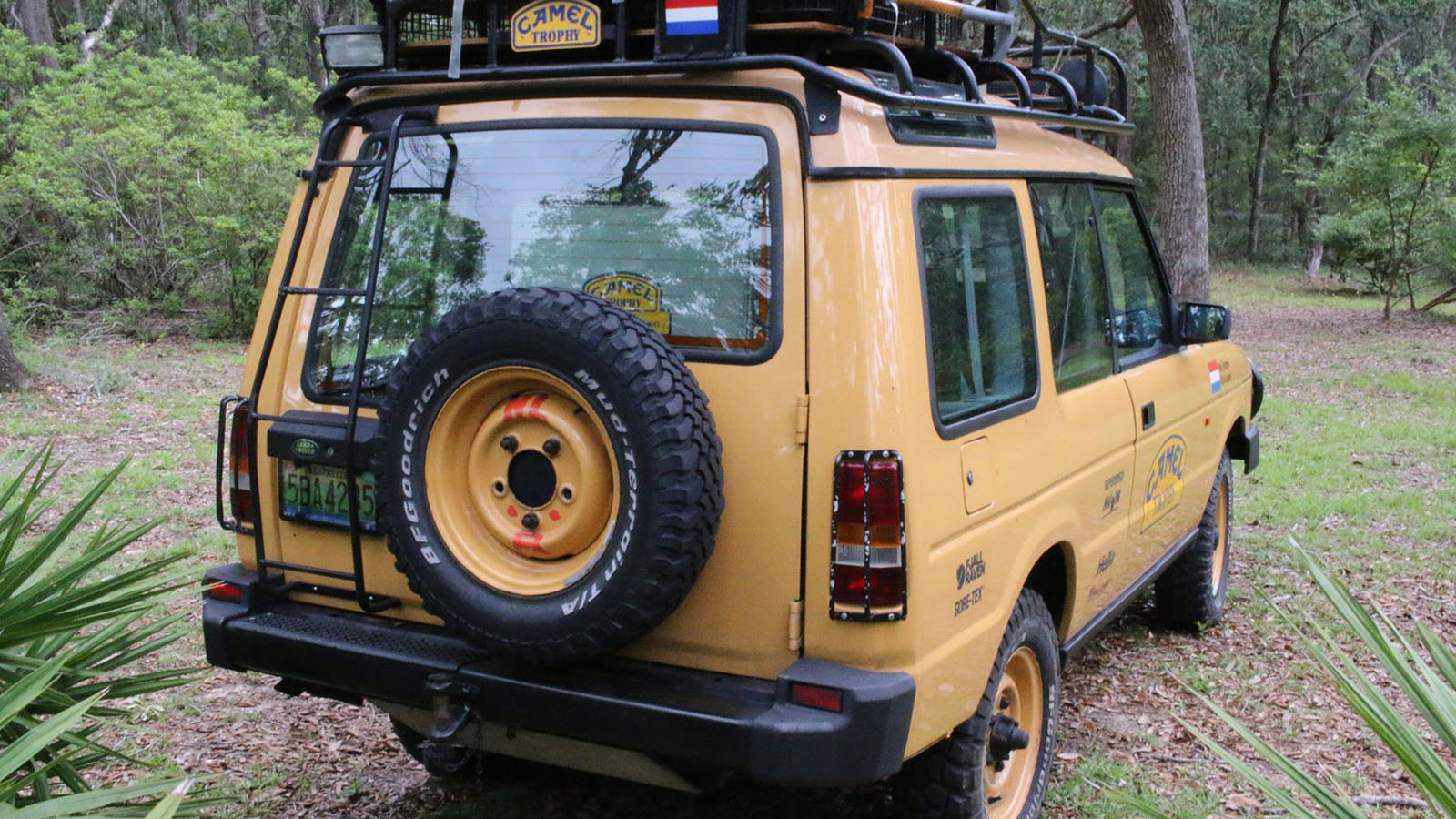 © Bring A Trailer
© Bring A Trailer -
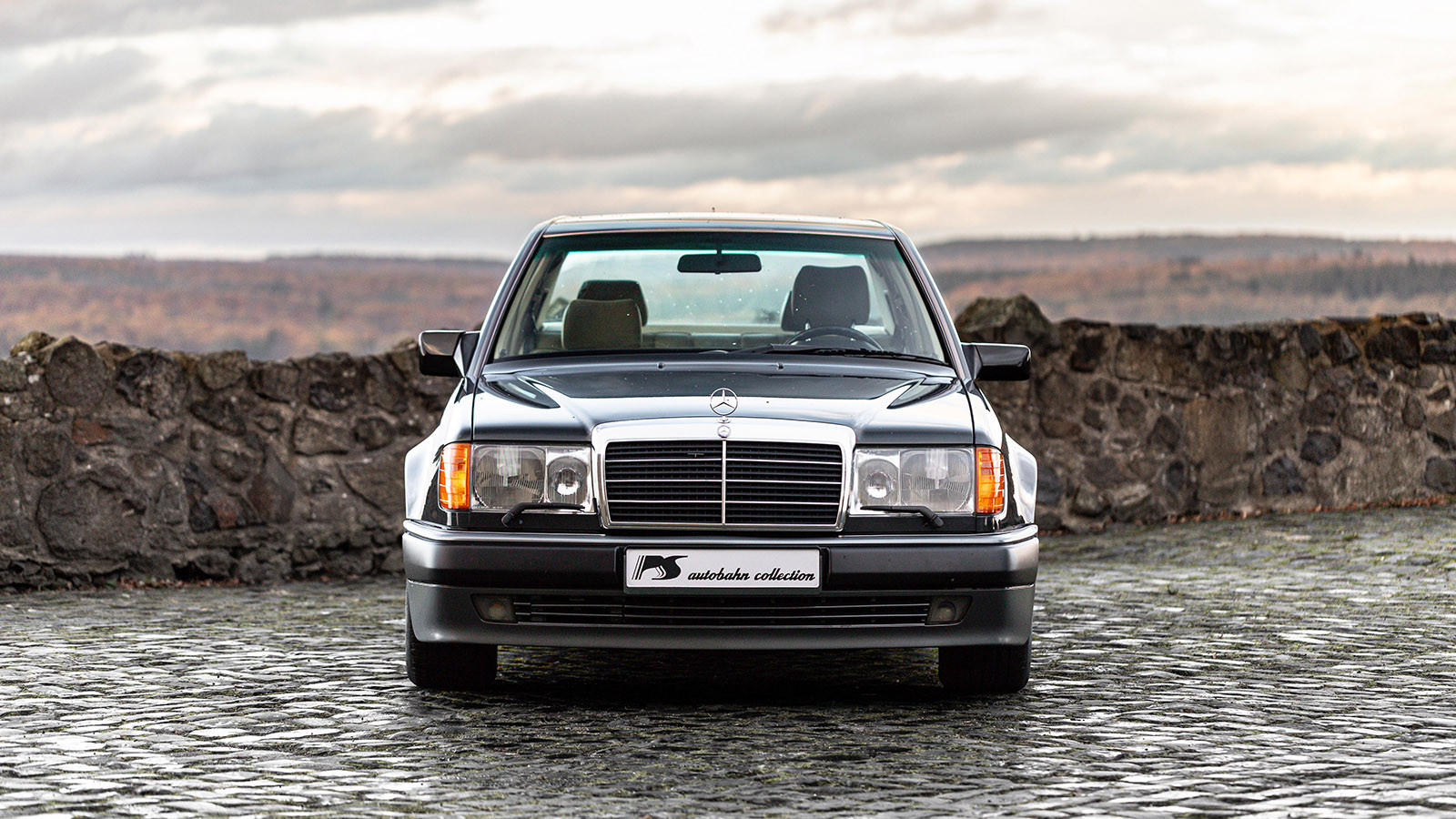 © Bonhams|Cars
© Bonhams|Cars -
 © Rémi Dargegen/RM Sotheby’s
© Rémi Dargegen/RM Sotheby’s -
 © BMW
© BMW -
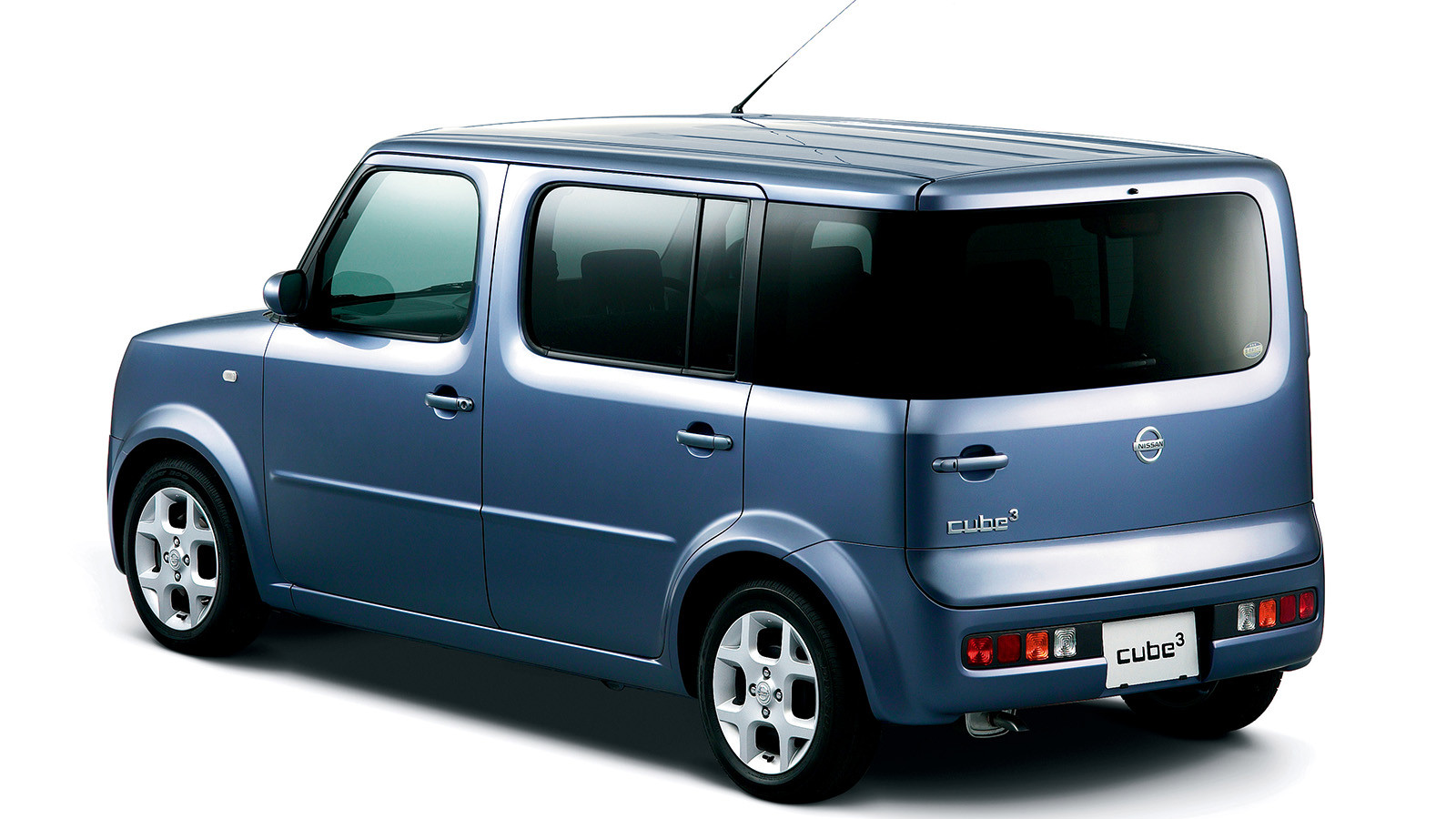 © Nissan Newsroom
© Nissan Newsroom -
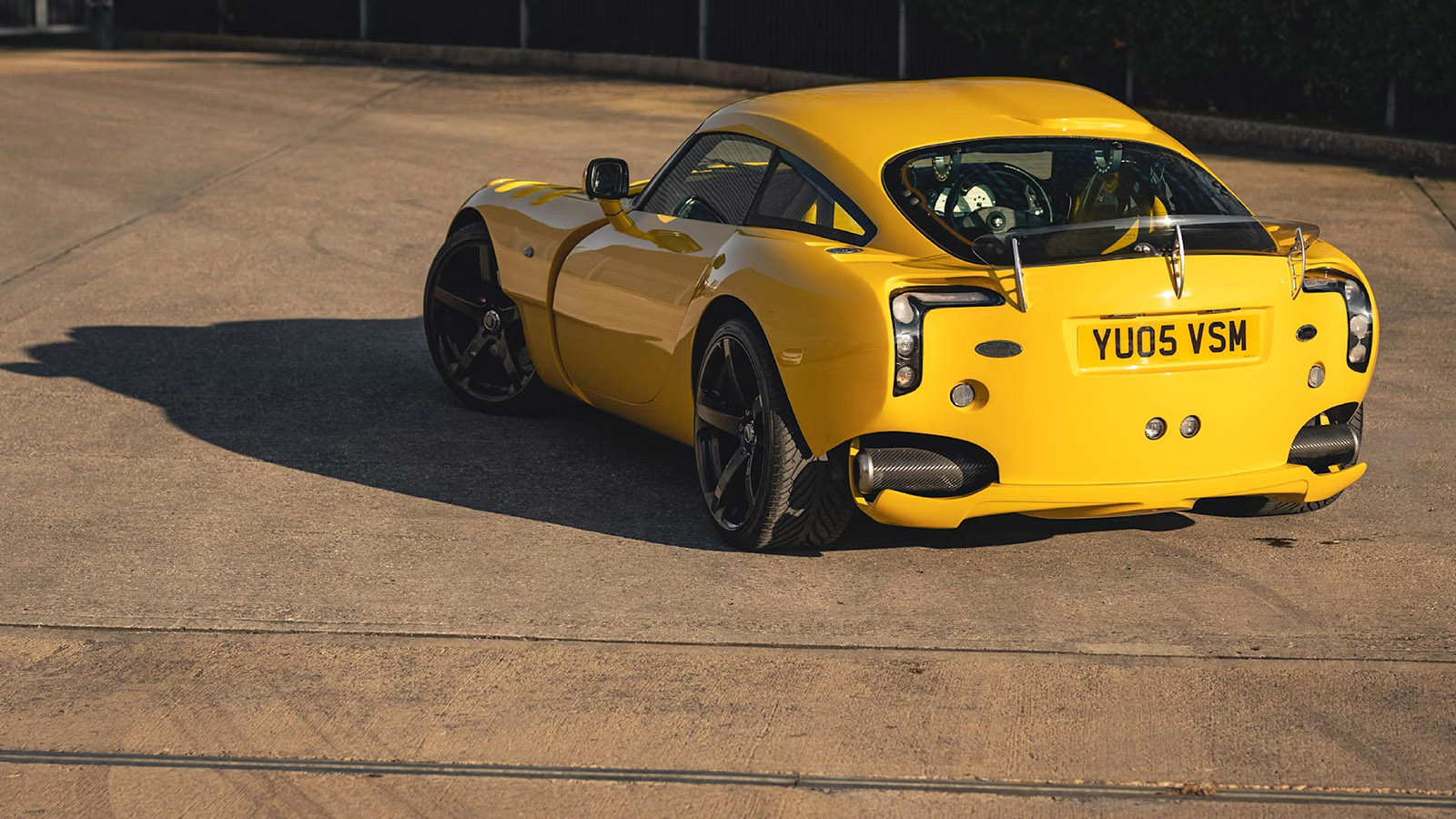 © Collecting Cars
© Collecting Cars
-
Lopsided lovelies
Automotive design usually focuses on clean, symmetrical lines, but sometimes stylists throw away the rule book and experiment with asymmetry.
Cars with these quirks are few and far between. Some ambitious concept cars have been bestowed with uneven styling but, for the most part, asymmetry isn’t a valued characteristic of production cars.
Whilst some cars have an obvious imbalance, others feature more subtle styling.
And, for the vast majority, they feature some kind of asymmetry for a reason, whether it be aerodynamics, functionality or a lack of space to hide something.
Here, in chronological order, we’ve rounded up some of the best asymmetrical car designs – enjoy!
-
1. 1921 Scott Sociable
We start with the earliest and perhaps one of the strangest on our list.
The Scott Sociable stemmed from sidecar machine-gun carriers created for the First World War.
Unlike other three-wheelers, its single front wheel sits in the same position as it would if it were on a normal four-wheeled car. Obviously this means handling is compromised and steering at speed is tricky.
The Scott Sociable was supposed to be used for military applications but, perhaps unsurprisingly, it didn’t do well in this market.
Instead it was repurposed for road use and production began in 1921, although the idea was first announced in 1916. It’s thought around 200 were made over three years, before production concluded in 1924.
-
2. 1939 Citroën 2CV Prototype
First known as the TPV (Très Petite Voiture or very small car), this was the prototype of the Citroën 2CV.
It was an incredibly basic design that just met the legislative requirements of the time, which allowed one headlight, hence the single lamp.
By the time the 2CV reached production, it was a little more conventionally styled, which undoubtedly helped its decades-long manufacturing run.
The idea was to make a small car capable of carrying 50kg (110lb) smoothly over rough surfaces.
Citroën worked to perfect the recipe and produced 250 TPVs before launching the 2CV.
These were created using corrugated aluminium for the bodywork and the interior was sparse, making an incredibly lightweight vehicle.
Inside, the bare minimum was fitted, to the point that the driver had a deckchair-style seat with suspended fabric, instead of a seat cushion.
-
3. 1951 Piero Taruffi ‘Italcorsa/Tarf II’ speed-record car
From 1951 to 1952, this car was driven to seven speed records by its designer, Mille Miglia winner and Formula One driver Piero Taruffi.
Sitting in the 2000cc class, Tarf II was originally fitted with a 1720cc Maserati four-cylinder engine with two-stage supercharging.
The powertrain features a chain-driven rear axle and instead of a steering wheel it was equipped with control sticks.
Speed records set in the Tarf II include a flying mile at 185.49mph and a flying kilometre at 180.55mph.
In 1952 an additional five records were set, starting with a 50-mile record reaching 144mph. The remaining four records in this vehicle were set on 3 April 1952, when Taruffi piloted the car to 50km at 140.87mph, 100km at 139.66mph, 200km at 136.60mph and a one-hour record at 135.10mph.
-
4. 1954 Jaguar D-type
Arguably one of the most iconic cars of its period, the Jaguar D-type puts its asymmetrical design to aerodynamic use.
Its development was heavily inspired by aircraft and Jaguar used a wind tunnel to optimise its streamlined shape.
Performance was the priority, so the front end was reduced to minimise drag, but this meant the bonnet had to be crafted around the 3.4-litre engine to make it fit.
To enhance its track capabilities, Jaguar added a fin behind the driver to create more stability at high speeds.
It clearly worked. The D-type was hugely successful. While its Le Mans debut didn’t go to plan, in the following three years, 1955-’57, the D-type claimed victory at the 24-hour race.
-
5. 1956 Lotus Eleven
True to Colin Chapman’s vision for Lotus, the Eleven was an extremely lightweight, simple sports car.
Three versions were available for just two years from 1956 and, all told, around 270 were made before production ceased.
The roadgoing version was dubbed Sport, and had a Ford engine and drum brakes, the Club version used a Coventry Climax engine, while the top-spec Le Mans edition, for serious racers, had a choice of Coventry Climax engines and disc brakes.
-
6. 1957 Maserati 200SI
Fewer than 30 examples of the Maserati 200S were made and the majority featured coachwork by Medardo Fantuzzi.
This racing car was introduced in 1955 and two years later it was refined to meet new racing rules.
The ‘SI’ in the name stands for ‘Sport Internazionale’ and its main differences included a wider windscreen, two doors and a spare wheel.
Its asymmetry is in part due to the headrest fairing on the driver’s side. And, like some of the other similar-bodied racers of the era, Maserati’s 200 featured an exhaust running along the passenger side, so as not to burn the driver on their entry or exit.
-
7. 1957 Ferrari 250 Testa Rossa
In the late 1950s, racing was Ferrari’s top priority.
On hearing rumours about an impending new FIA rule limiting engines to 3 litres, Ferrari quickly set to work adapting the 500TRC. The result was a 2953cc V12 engine on a similar chassis.
The Ferrari 250 Testa Rossa drove to victory at the 1958 24 Hours of Le Mans, and again in 1960 and 1961.
-
8. 1960 Plymouth XNR concept
The XNR concept made its debut in 1960 and was designed by Virgil Exner to be a sporty model to fit into the Plymouth range – it would have been Chrysler’s answer to the Chevrolet Corvette.
Although it never made it to production, the XNR represented a significant moment in Chrysler's history.
In 2012, the concept sold at the RM Sotheby's Monterey auction for $935,000.
Exner was said to have been inspired by a Studebaker Indianapolis racing car that he owned, as well as the Watson Indy Roadster and Jaguar D-type.
During testing, the XNR got to 146mph and Exner drove it up to 142mph. Additional engine modifications and a lighter nose unlocked a new top speed of 153mph.
-
9. 1961 Plymouth Asimmetrica
It’s disputed whether Exner began the Asimmetrica before leaving Chrysler with the project completed by Ghia, or if Ghia led the entire project.
Either way, the Asimmetrica was clearly a more realistic production candidate than the XNR. Supposedly plans were made to produce 25 models, but it’s thought just two roadsters saw the light of day.
Ghia first exhibited the car at the 1961 Turin motor show, then again at the Geneva show, where Belgian author Georges Simenon saw the car and purchased it for his wife.
At some point, one of its later owners painted the Asimmetrica green, but it was restored in the late ’80s in time to be shown at the 1990 Pebble Beach Concours d’Elegance.
In 2018, the Asimmetrica achieved $335,000 at auction with RM Sotheby’s.
-
10. 1963 Gene Winfield Strip Star
Designed as a show car and a racing car, Gene Winfield dubbed this creation the Strip Star.
It was originally made for the Bob Larivee’s Promotions Incorporated show circuit. This was a travelling exhibition that featured cars brought to life from the minds of custom-car makers. It was an opportunity to experiment with new ideas and attract more business.
Strip Star was built on a 1946 Ford chassis and equipped with a 427cu in Ford engine.
The driver’s-side cabin bubble lifted to permit access and the passenger side had an electric tonneau cover.
Its design was futuristic in the ’60s and recognised as such in 1989 when it was featured in the film Back to the Future II, in a scene foreshadowing the year 2015.
As of 2021, Gene Winfield still owned the Strip Star as part of his private collection.
-
11. 1978 Fiat Ritmo/Strada
In 1978, Fiat launched the Ritmo. Derived from the Italian word ‘rhythm’, European markets saw the little hatchback badged Ritmo. However, in the UK, the US and Canada, it was exported as Strada, Italian for ‘road’.
Over 10 years it had an extremely successful production run totalling more than 1.7 million units.
The Ritmo 105 TC had a 1.5-litre engine and featured an off-centre bonnet vent, and was Fiat’s first attempt at a hot hatch for the Ritmo line-up.
The first generation spanned four years before it was facelifted in 1982, after which the bonnet vent disappeared in favour of a larger grille.
-
12. 1984 Ferrari Testarossa
The story goes that the Ferrari Testarossa’s famous single mirror was a decision driven by European legislation about rearward visibility.
It seems Ferrari’s designers took the guidance literally and raised the mirror up the A-pillar to give the driver a clear view behind the car – had it been at the normal height, visibility would have been obscured by the back of the car.
Positioning the mirror higher up meant a passenger-side mirror would have been pointless because the driver wouldn’t have been able to see it, so Ferrari omitted it from the original specification.
Some customers asked for an additional mirror anyway and, soon after, upon discovering a standard A-pillar position would pass regulations, the mirrors were lowered.
As a result, monospecchio (single mirror) versions are quite rare and sought after.
The lower front spoiler features an asymmetric design, too – the air-conditioning condenser sits on this side of the car, so the inlet allows the unit to be air-cooled.
-
13. 1989 Ford Fiesta Urba concept
Ford took the city-car concept to new heights with the Urba. Everything was designed around optimising the city shopping experience.
It was finished in bright yellow to aid visibility and safety, plus front and rear parking sensors were fitted, and an air filter with an optional fragrance insert was installed to mask traffic fumes.
The passenger side had two doors while the driver’s had one larger door. In the boot was a temperature-controlled storage box in the floor which could keep food warm or cold.
Behind the driver was a storage area to keep items including a Filofax organiser, a Walkman stereo tape player and a telescopic umbrella.
The Urba also came with a ‘designer’ shopping bag made in bright yellow to match the exterior paintwork.
-
14. 1989 Land Rover Discovery
Launched in 1989 and based on the Range Rover, the Discovery was released to compete with SUVs from the likes of Toyota and Mitsubishi.
It was pitched as a family-friendly off-roader, capable of anything life could throw at it.
Five seats were standard but an additional two in the back were optional, so the spare wheel was moved to the rear door to make room for this – and, instead of a split-opening tailgate like the Range Rover, the tyre swung out on a hinged door.
To accommodate the spare wheel and maximise rear visibility, Land Rover designed the rear window to drop down on the left side, a feature the Discovery retained even after the rear wheel was moved from the back door, up until the latest generation which has a rectangular rear window and off-centre numberplate space.
-
15. 1991 Mercedes-Benz 500E
Perhaps one of the most subtle asymmetric cars on our list is the Mercedes-Benz 500E. The driver’s-side wing mirror is slightly longer than the one mounted on the passenger side, to minimise aerodynamic drag.
Because Mercedes’ 500E was produced for both left- and right-hand-drive markets, the differently sized wing mirrors were swapped around, depending on which side the driver was on.
For aesthetic reasons, over the years many owners have taken matters into their own hands and retrofitted longer mirrors on the passenger side to make their 500Es symmetrical.
-
16. 1993 Isdera Commendatore 112i
Equipped with a 6-litre Mercedes-Benz M120 V12 engine with more than 400bhp, the Commendatore was said to be capable of in excess of 200mph.
Its designer and the founder of Isdera, Eberhard Schulz, had his sights set on creating a Le Mans-ready racer, but a fall in Japan’s economy, where the company’s funding came from, meant this dream never came to fruition.
Schulz was determined to make a car with the absolute minimum amount of drag, so instead of traditional wing mirrors he fitted a periscope-style, rear-view mirror.
Testing in a wind tunnel at Mercedes-Benz revealed a drag coefficient of just 0.306Cd.
Even though only one example was made, the Isdera Commendatore was immortalised in the 1997 game Need for Speed II.
-
17. 2001 BMW xCoupé concept
When the xCoupé was revealed at the 2001 North American International Auto Show, it not only turned heads for its unusual asymmetric design, but also because, unusually, it was positioned as an off-road sports coupé.
Built on an X5 chassis, this quirky little car had four-wheel drive, a 3-litre, six-cylinder, turbocharged diesel engine, all-season traction, dynamic stability control and hill-descent control.
Although the concept was supposed to be practical over rough terrain, basic features like accessing the boot space were less than practical.
The ‘boot’ opened like a clamshell and was most easily accessible from the passenger side.
The sweeping rear window minimised blind spots and maximised visibility, but, as a whole, the concept failed to do any one thing particularly well.
-
18. 2002 Nissan Cube
In its original guise launched in 1998, the Nissan Cube was just another small city car. But when Nissan facelifted the model in 2002, it took on a completely new personality.
At the time, Nissan described the new look as, ‘a superior-quality design distinguished by its clear originality, functionality that provides joy of use, and loyalty-inspiring appeal’.
As with most asymmetrical designs, people either loved it or hated it, and it seems enough people loved it to make production last until 2019.
In this time, nearly 1.3 million Cubes sold, predominantly in Japan, followed by the US, Canada and Europe.
The model was facelifted again, in 2009, with an even more rounded design that retained the asymmetrical rear.
-
19. 2005 TVR Sagaris
TVR was known for its outlandish designs and the Sagaris was no different. Its asymmetrical roofline, however, wasn’t another attempt to entice more customers to purchase from the declining brand.
Instead, the bubble was a practical addition to give drivers with crash helmets some extra headroom. An FIA rollcage was included as standard, so TVR expected its customers to be taking the Sagaris on track.
For the left-hand-drive market the roof bulge was deleted, but it’s thought at least one owner converted a right-hand-drive model and moved the roof bulge to match.
In 2005, the Sagaris cost £49,995 before extras. The model lasted just a year before production of all TVRs ceased in the wake of financial troubles.
